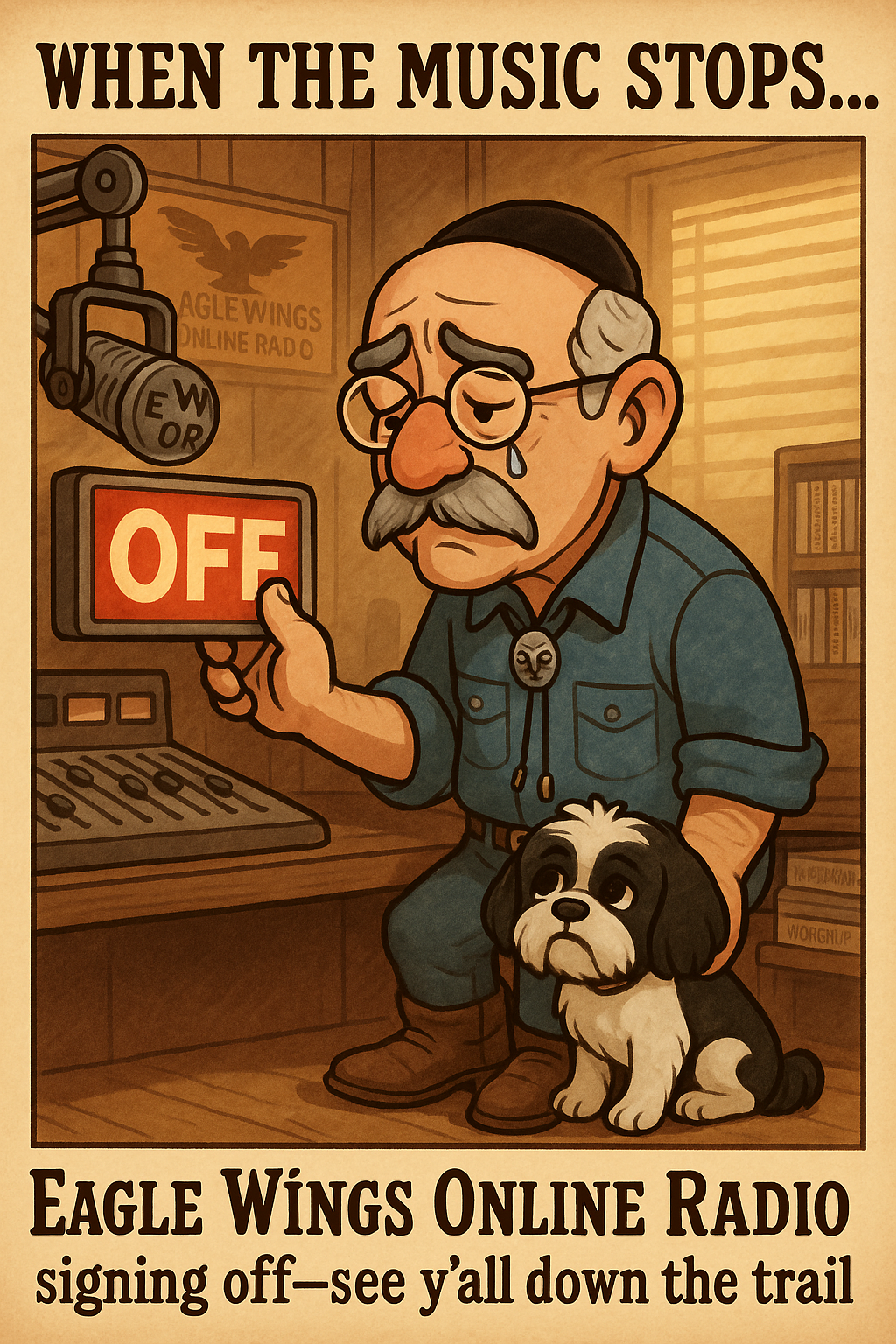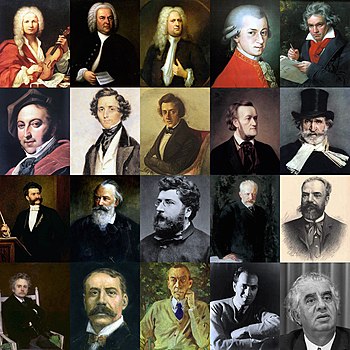Eagle Wings Online Radio is Back
From Silence to Solution
In the final quarter of 2024 Eagle Wings Online Radio entered a necessary hiatus when the administrative and financial obligations attached to SoundExchange reporting grew beyond the capacity of our volunteer team.
Our catalogue blends mainstream worship with direct-licensed and international recordings, while many of these selections fall outside SoundExchange’s compulsory licence, the burden of proving those exemptions, together with the escalating royalty costs for material that does fall under the licence, threatened to divert resources from the very ministry purpose the station was created to serve.
Radio and our Mission
Eagle Wings Charismatic Ministries International exists to proclaim the gospel through written devotionals, spoken teaching, and music.
Radio complements our print and digital Ministries by offering an immediate, border-crossing medium that reaches listeners during commutes, studies, and moments of quiet reflection. The linguistic and stylistic breadth of our playlist, spanning contemporary praise, Messianic worship, traditional hyms, and regional expressions embodies the Biblical vision of every tongue lifting praise to the Lamb.
The Search for a Sustainable Path
During the hiatus a working group examined alternative streaming models that would (A) maintain full legal compliance with United States and international copyright law, (B) accommodate music received directly from independent artists abroad, and (C) remain financially sustainable for a donor-supported ministry.
Live365 emerged as the strongest partner, offering turnkey statutory reporting and royalty distribution while still permitting direct licences for content that falls outside collective agreements.
By transferring those compliance tasks to Live365, our volunteers are free once again to focus on pastoral engagement, technical excellence, and thoughtful curation of new artists and speakers.
 1 July 2025 and the Road Ahead
1 July 2025 and the Road Ahead
At midnight CDT on 1 July 2025 Eagle Wings Online Radio resumed its round-the-clock stream on Live365.
The weekly rhythm listeners loved is now restored, Messianic praise and contemporary worship set the tone on Mondays, classic and urban gospel fills Tuesdays, inspirational country rings out on Wednesdays; and a vibrant mix of global worship takes over on Thursdays.
Reflective hymns and testimony features ease us into the weekend on Fridays. Saturdays belong to children with the much-loved “Your Story Hour,” while Sundays offer both morning and evening sermons. Sheep Laughs and our Old Time Radio Programs are still woven into each day.
Although it will take time for every former listener to locate the new stream, Live365’s directory and mobile apps are already introducing fresh audiences to EWOR’s distinctive blend of music and ministry.
Updating the Signal
Links pointing to our retired Icecast stream persist across aggregators, podcasts, and social-media posts.
Throughout July we are revising embedded players on ewcmi.com, refreshing RSS feeds, and notifying directories such as TuneIn, Streema, Radio.net, GetMeRadio, and MyTuner of the new endpoint.
Until these changes propagate fully, listeners can access the live stream directly at https://live365.com/station/Eagle-Wings-Online-Radio-a83027 or by searching Eagle Wings within the Live365 mobile app.
An Invitation to Participate
Independent musicians whose work proclaims the gospel are welcome to submit original compositions for inclusion under appropriate direct-licence agreements.
Intercessors, donors, and long-time supporters who sustained the vision during our silence are invited to rejoice with us, and, where able, to underwrite forthcoming multilingual initiatives and equipment upgrades that will extend our reach still further.
Grace in the Pause
What seemed a setback has become an exercise in providence.
By relocating to a platform that shoulders regulatory compliance, Eagle Wings Online Radio re-emerges leaner, stronger, and better aligned to its founding mission. We are confident that “He who began a good work” in this ministry will amplify His message through every chord, commentary, and testimony we broadcast in the seasons ahead.
With Brotherly Love,
Pastor Christiaan “Chris” J. de Ruiter
Executive Producer, Eagle Wings Online Radio




















